6. Syndromes and a Century (2006)
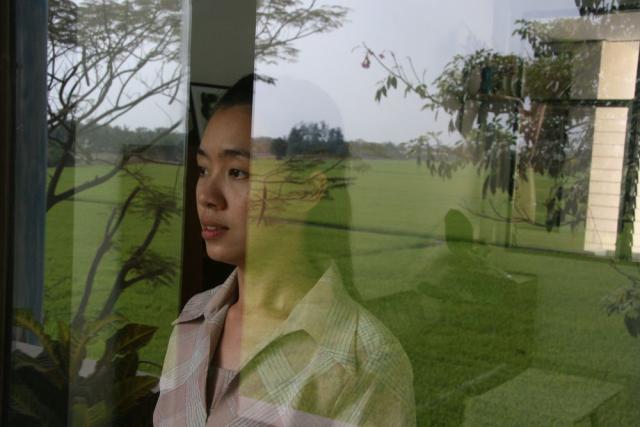
Directed by Thai auteur Apichatpong Weerasethakul, otherwise known as “Joe” in the U.S., Syndromes and a Century is a graceful, surreal, and personal examination of space and memory.
To write too much about the film would minimize the experience, but the narrative is essentially a fictional vignette of Joe’s own parents, who were doctors, and their meeting in two separate hypothetical timelines.
Syndromes and a Century is often glossed over in Weerasethakul’s filmography, and it’s a shame. Joe understands how to capture the quiet transcendence and humanity of everyday moments, whether a monk at the dentist or a couple in a flower market. It’s a film that is both deeply romantic and mysterious; Joe works in subtle, impressionistic gestures and creates his films based on feeling rather than surface-level logic. This attention to the empathy and energy behind the frame allows Syndromes and a Century, and all of Weerasethakul’s works, to achieve an unprecedented spiritual beauty.
7. Song of Avignon (1998)
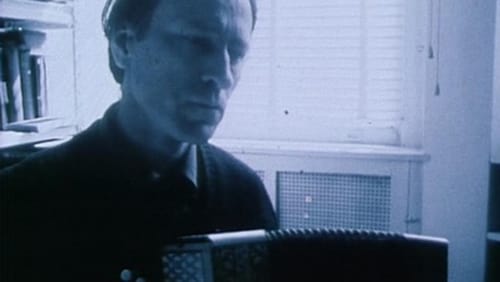
Song of Avignon is an 8-minute short film directed by Lithuanian-American filmmaker Jonas Mekas, considered by many to be the quintessential auteur of American avant-garde cinema.
Like all of Mekas’s films, Song of Avignon works more like a diary than a narrative – a voice is heard reading Mekas’s diary entries as images from his travels flash before the screen in impressionistic blurbs. The film’s voiceover focuses particularly on the painful recounting of memories for Mekas and his struggle with depression.
Few filmmakers are willing to use their work as a therapy session. In Song of Avignon, the viewer is able to peer directly into Mekas’s world and the way he processes pain and emptiness. It may sound like a dreary task, but Mekas discovers beauty in the simplest images, words, and moments. He finds comfort in the eternity of life – its rhythm, the lapping of ocean waves, the smile of a friend. Song of Avignon is a gorgeous and earnest work of art from one of America’s greatest artists. Rest in peace, Jonas.
8. The Chronicle of Anna Magdalena Bach (1968)
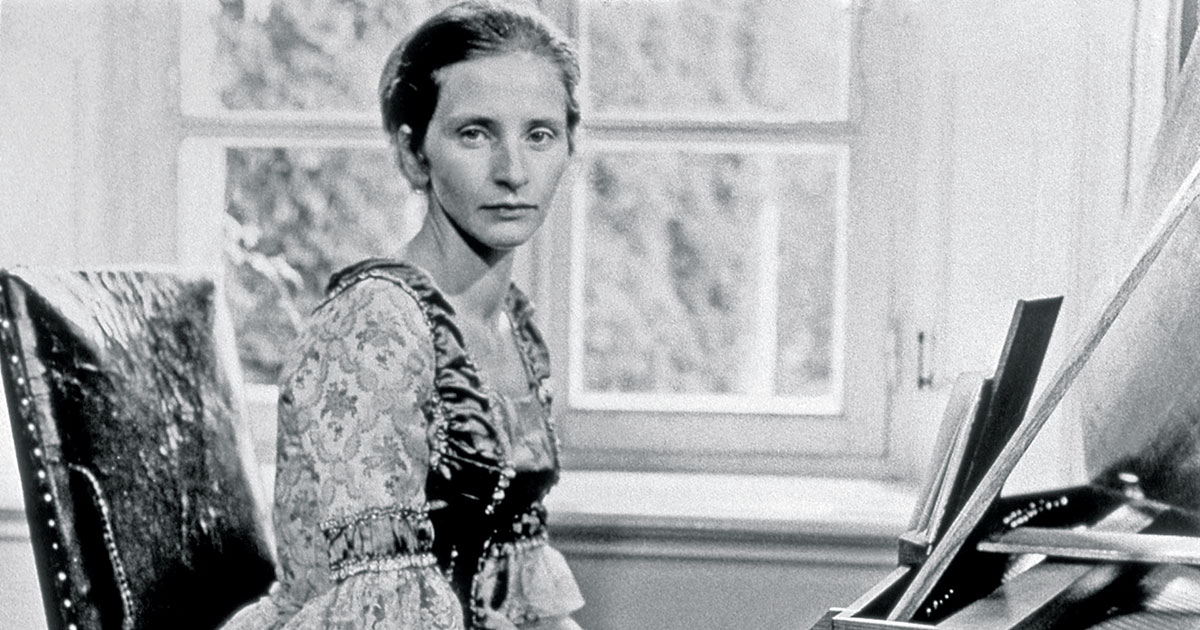
Serving as the directorial debut from experimental French filmmaking duo Jean-Marie Straub and Danièle Huillet, The Chronicle of Anna Magdalena Bach is an unorthodox musical biopic to say the least, but a film of remarkable sensitivity and elegance.
The film follows the life and works of Bach from the perspective of his second wife, comprised of a series of musical performances and voiceover narration. The majority of the film is comprised of static shots of Bach playing music.
Admittedly, The Chronicle of Anna Magdalena Bach is a rather pretentious film – but in the right mindset, it’s an incredibly rewarding experience. No film has been made quite like The Chronicle of Anna Magdalena Bach. Rather than telling the story of an artist through his life, the film tells the story of the artist through his art. The music pieces speak for themselves; they serve as landmarks and reference points in the arc of Bach’s life.
The film’s black and white cinematography is baroque and exquisite, evoking the culture of the time period and complimenting the intricacies of the music pieces as they are performed on screen. It’s one of the most stylistically ambitious music films ever created; a passion project of incredible grace and beauty.
9. Tokyo-Ga (1985)
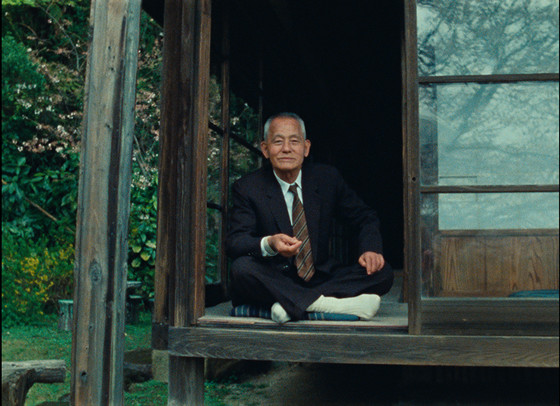
Wim Wenders is rightfully regarded as one of the greatest German filmmakers, known for meditative narrative works like Wings of Desire (1987) and Paris, Texas (1984). But alongside being an excellent storyteller, Wenders is also an observant, patient documentarian. This is proven true in Tokyo-Ga, chronicling Wenders’ travels to Japan and his exploration of famed classical Japanese filmmaker Yasujiro Ozu.
Tokyo-Ga attempts to contextualize Ozu’s filmography and portrayal of traditional Japanese culture within the rapidly industrializing, ever-changing contemporary Japanese culture. It is equal parts an examination of one of cinema’s greatest artists, Ozu, as it is a personal travelogue; Wenders tries to make sense of an increasingly isolated modern culture that has less and less to do with Ozu’s vision of Japan.
For Wenders, Ozu is a touchstone of a culture that is slowly slipping away. The film’s beauty lies in its attention to detail, whether through the process of creating plastic food displays or playing pachinko. The film is an artifact of Japan’s shift in identity and culture, somber in its approach but fond of the country’s legacy and growth. It’s a reflective and thought-provoking documentary, essential for anyone invested in Ozu, Wenders, or Japanese culture as a whole.
10. The Spirit of the Beehive (1973)
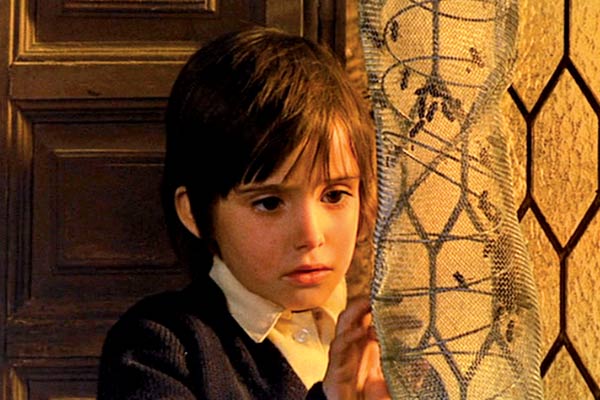
In many ways a spiritual predecessor to Pan’s Labyrinth (2006), The Spirit of the Beehive is the directorial debut of Spanish filmmaker Víctor Erice. Taking place right after the Spanish Civil War and at the dawn of Francoist Spain, the film follows a young girl who develops a fascination with Frankenstein’s monster after viewing the movie with her sister. She retreats into internal fantasy as a way of processing the tumultuous outside world.
The Spirit of the Beehive is one of the quintessential films dealing with childhood. Like Pan’s Labyrinth, the film bends the line between reality and fantasy, offering a subjective experience of naive, childish innocence. Life, in all its complex cruelties, has a certain mystery, beauty, and empathy as seen through the eyes of a child. Erice affectionately captures this dreamy state of childish optimism and innocence in spite of the world’s apathy.